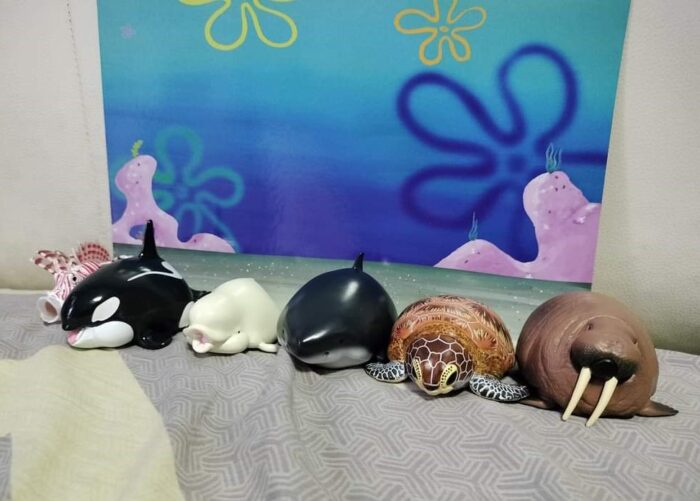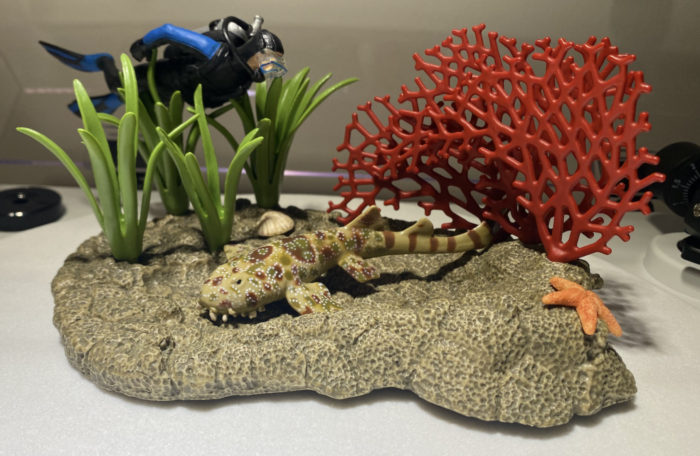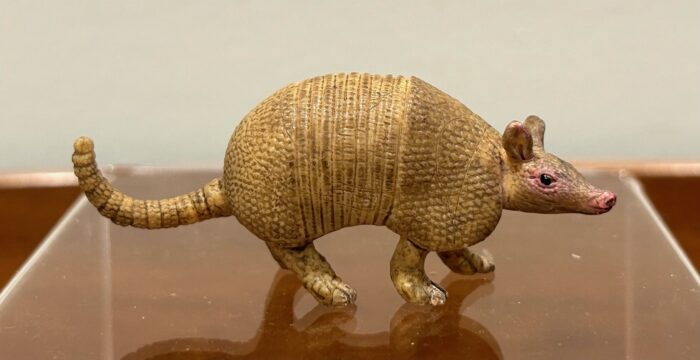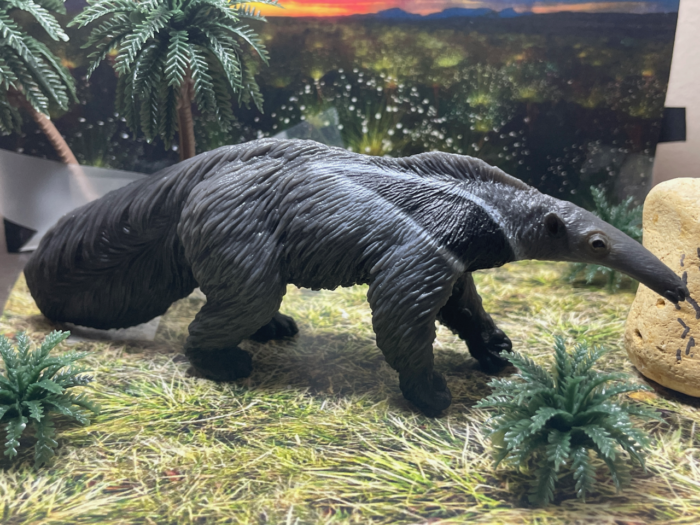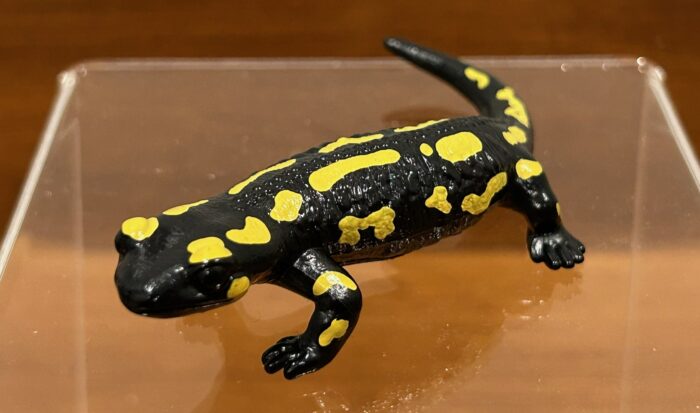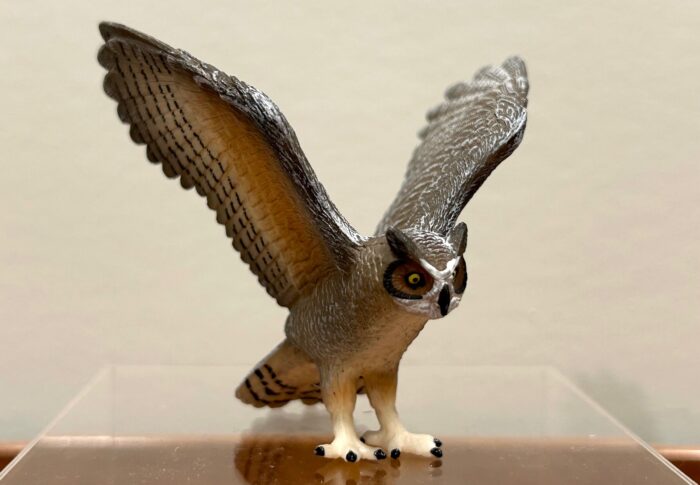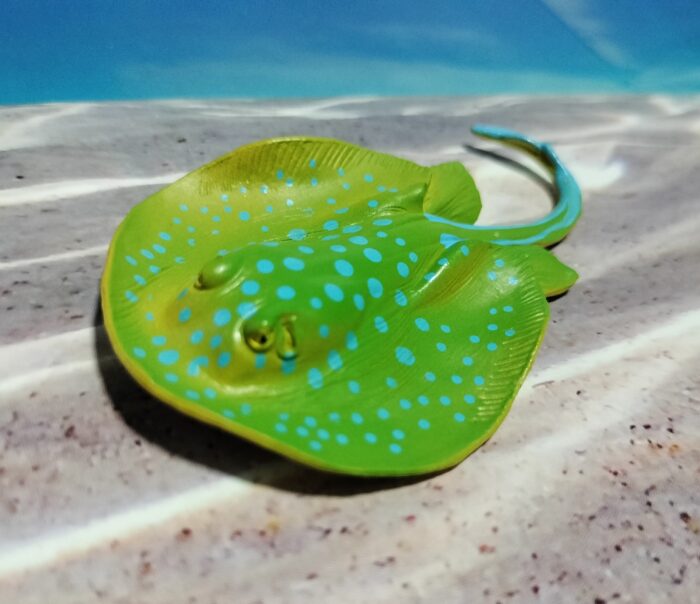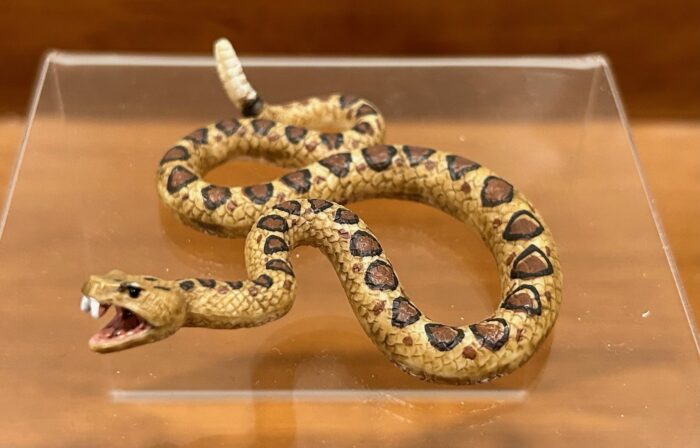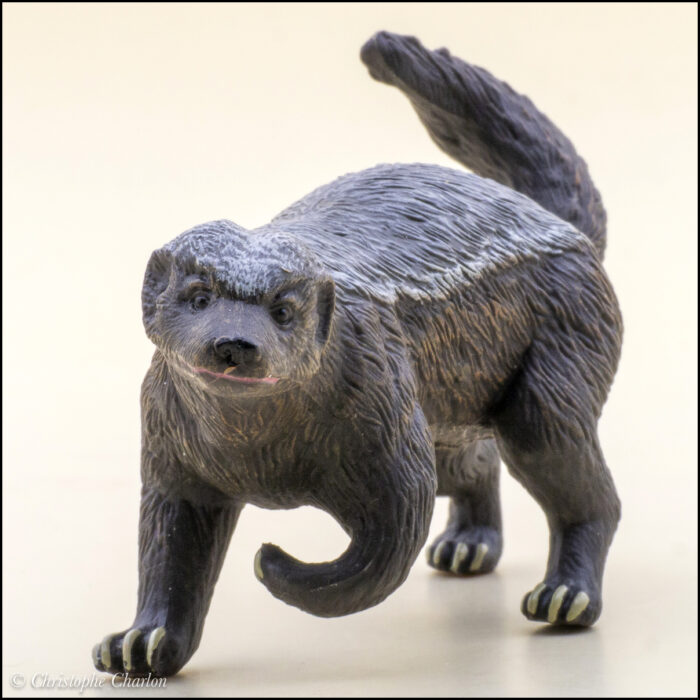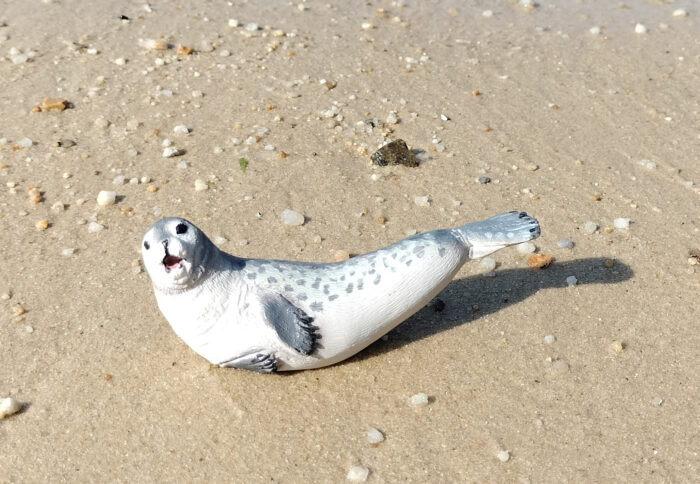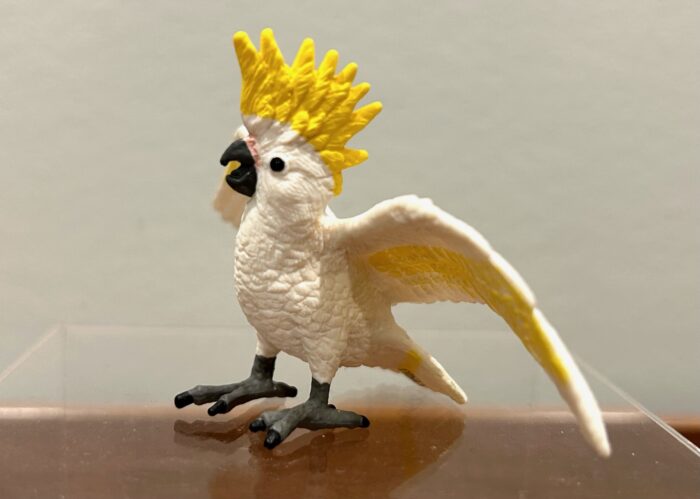Review and images by JimoAi; edited by bmathison1972
Happy Shark Week! For a change, instead of reviewing a shark for this year, I will be reviewing a selected group of sea animals with a shark included, of course.
An introduction to Animal Heavenly Body. They are a Chinese company, akin to a mix of PNSO and Haolonggood with a hint of Popmart, which focuses on modern animals with some stylized features with them.

